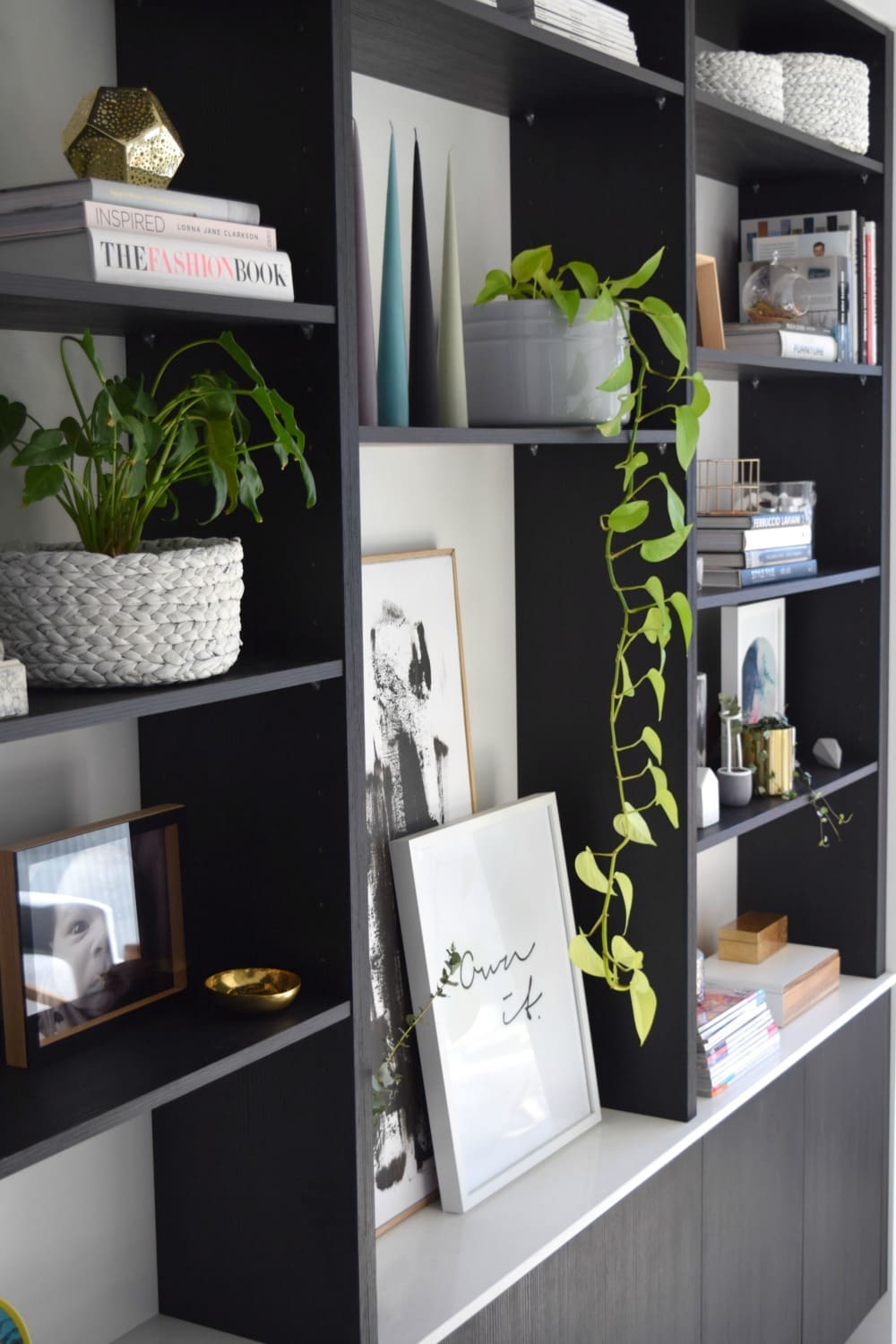

We can also choose to see only one view, in other words design/visual view or XAML view. We can slide the splitter to show more or less of either view.

Now, the WPF Designer shows design and XAML view of MainWindow.xaml in split view. Visual Studio creates the “WpfChildWindowDemo” project and solution and the Solution Explorer shows various files (refer to the following): It will then make it easy to map the solution to our repository server.Īfter choosing the correct template and giving the project name, solution name, location, click on the OK button. If we are creating a solution that will be mapped with code repositories like SVN or TFS, then we can check the “Add to source control” checkbox. You may have noticed that there is a checked checkbox “Create directory for solution”, that automatically creates a directory for us. We can give a name to our solution, project name and also choose the location for where this will be stored. From there you can choose other languages like VB.net and so on. If you want to use another language, then expand “Other Languages”. In this screen, for our sample application, we are choosing the following: On the menu bar, choose "File" -> "New" -> "Project.".

Step 1: Create a new WPF Application Project This walk-through is based on Visual Studio 2013 Edition. Creating a WPF application is as easy as developing other application types in Visual Studio. This article is intended to explain a step-by-step approach for creating a WPF application.


 0 kommentar(er)
0 kommentar(er)
